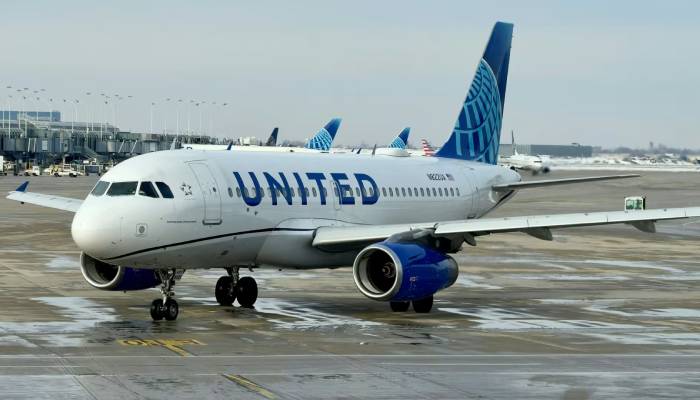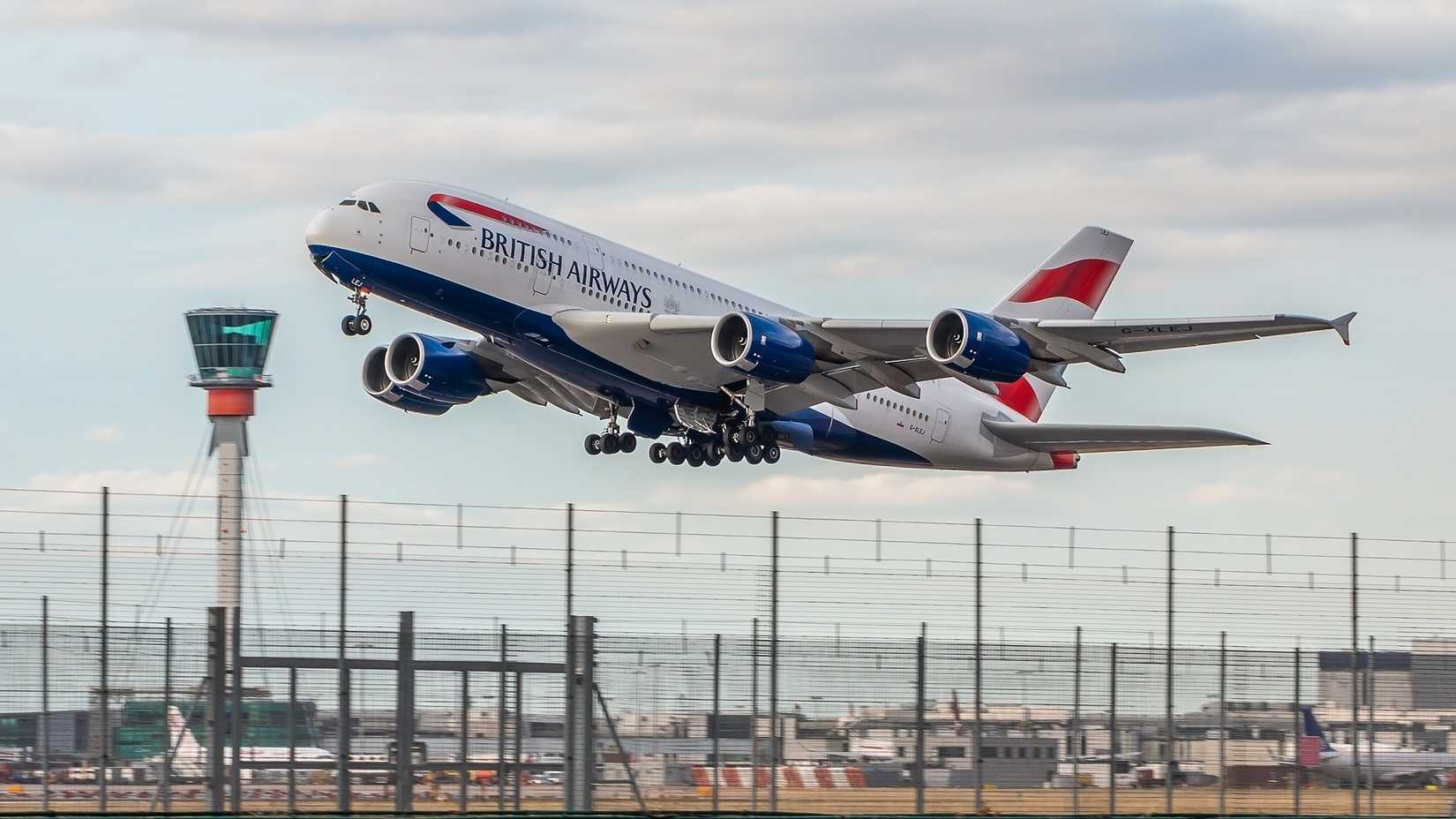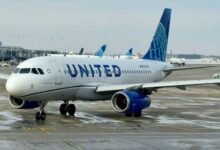United Airlines Flight UA770 Emergency Diversion: Transatlantic Cabin-Pressurization Alarm Forces Landing at Heathrow

United Airlines Flight UA770 emergency diversion became one of the most talked-about aviation events of the year when a transatlantic journey suddenly changed course. The flight, en route from Europe to the United States, was forced to divert after a cabin-pressurization alarm alerted the crew to a potential issue mid-flight. What began as a routine trip turned into a compelling case study in professionalism and aviation safety.
This incident illustrates how modern aircraft, despite being packed with cutting-edge technology, still depend on the vigilance and quick decision-making of trained pilots. The United Airlines Flight UA770 emergency diversion story highlights not only the risk inherent in long-haul travel but also the reassurance that safety protocols are effective when properly executed.
Flight Overview: Route, Aircraft, and Crew Excellence
United Airlines Flight UA770 emergency diversion occurred aboard a Boeing wide-body jet, a workhorse of the airline’s long-haul fleet. The flight was scheduled to cross the Atlantic Ocean before landing at its U.S. destination. On board were hundreds of passengers and a crew of seasoned professionals, trained extensively for any potential emergency situation.
The aircraft type involved is known for its reliability, and United Airlines maintains a reputation for stringent maintenance practices. The crew’s expertise and calm composure throughout the incident reinforced confidence in aviation safety standards. Every aspect of the United Airlines Flight UA770 emergency diversion underscored the vital role of preparation and teamwork during in-flight crises.
The In-Flight Emergency: From Alert to Decision
Midway through the transatlantic route, the cabin-pressurization system triggered an alert that immediately captured the pilots’ attention. Following standard safety protocol, they declared a “Squawk 7700,” the universal transponder code for an in-flight emergency. Within minutes, air-traffic controllers in the United Kingdom were coordinating a new flight path to London Heathrow.
Passengers later reported a calm but urgent atmosphere on board. The captain explained the situation clearly, assuring travelers that safety procedures were in motion. The United Airlines Flight UA770 emergency diversion was executed smoothly, demonstrating the effectiveness of both training and real-time coordination between pilots and ground teams.
The Diversion to Heathrow: Safe Landing and Swift Response

The decision to divert to Heathrow was based on logistics and safety considerations. Heathrow Airport, with its advanced maintenance facilities and long runways, offered the best option for a secure landing. As the jet approached, emergency crews were already positioned along the runway, prepared for any potential complication.
Upon landing, the aircraft taxied to a remote stand where engineers conducted immediate inspections. No injuries were reported, and passengers were safely escorted to the terminal. The United Airlines Flight UA770 emergency diversion ended with a sigh of relief, confirming that precautionary landings, though alarming, are a critical part of modern aviation’s layered safety approach.
Understanding Cabin Pressurization and Emergency Protocols
Cabin pressurization ensures that passengers can breathe comfortably at cruising altitudes where air pressure is low. When a system fault or pressure fluctuation occurs, pilots are trained to react instantly. The crew’s quick response during the United Airlines Flight UA770 emergency diversion likely prevented a more serious situation.
Such alarms can stem from sensor errors, valve malfunctions, or minor leaks in the pressure system. Although most turn out to be non-critical, regulations demand absolute caution. This philosophy—safety before schedule—remains the cornerstone of airline operations and was fully evident during the United Airlines Flight UA770 emergency diversion.
Passenger Safety and Regulatory Oversight
Federal Aviation Administration guidelines dictate how crews must respond to emergencies, and United Airlines adheres strictly to those procedures. Once the alarm sounded, the crew initiated communication with air-traffic control and evaluated nearby diversion options. Every decision was guided by established FAA and international safety regulations.
After the United Airlines Flight UA770 emergency diversion, both United and aviation authorities began standard post-incident inspections. Such reviews verify equipment performance, crew actions, and communication flow to ensure continuous improvement across the industry. Passengers later praised the airline for transparency and professionalism throughout the ordeal.
Media Coverage and Public Reaction
News of the diversion spread quickly across platforms such as FlightAware, AIRLIVE, and major social media networks. Public reactions mixed curiosity with appreciation for the crew’s calm conduct. Many aviation enthusiasts used the event to educate others about “Squawk 7700” codes and emergency-response procedures.
While online speculation circulated briefly, official statements from United Airlines clarified the situation and dispelled rumors of severe mechanical failure. The United Airlines Flight UA770 emergency diversion became a reminder of how instant communication shapes public understanding of aviation events.
Broader Implications for Aviation Safety
Each incident, even those that end safely, provides valuable data for improving future flight operations. Engineers study sensor responses, crew logs, and aircraft diagnostics to refine safety systems further. The United Airlines Flight UA770 emergency diversion added insight into how real-time alerts and pilot decision-making integrate during high-stress moments.
Modern aviation increasingly relies on predictive maintenance and artificial-intelligence-driven diagnostics. As these tools evolve, similar diversions may become even rarer. Still, the professionalism displayed during this flight underscores that human judgment remains the ultimate safeguard in the sky.
Conclusion: A Lesson in Calm, Skill, and Preparedness
The story of United Airlines Flight UA770 emergency diversion ultimately reinforces faith in commercial aviation. Despite the anxiety of mid-air alerts, passengers were protected by well-trained crews, reliable aircraft systems, and responsive ground support.
Every successful emergency diversion proves that aviation safety is more than technology—it is discipline, communication, and trust. The United Airlines Flight UA770 emergency diversion will be remembered not for fear but for how effectively modern flight management turned a potential crisis into a controlled, professional outcome.
Frequently Asked Questions
What caused United Airlines Flight UA770’s emergency diversion?
A cabin-pressurization warning prompted the pilots to divert as a precautionary measure.
Was anyone injured during the incident?
No injuries were reported, and all passengers landed safely at Heathrow.
What does “Squawk 7700” mean?
It’s the universal emergency transponder code used to alert air-traffic control of an in-flight emergency.
Why choose Heathrow for the diversion?
Heathrow offers advanced maintenance facilities and extensive emergency-response resources.
What happens after an emergency landing?
Authorities inspect the aircraft, review crew actions, and ensure that systems are fully verified before returning the plane to service.

While modern airplanes have incredible technology, it’s reassuring to know that in cases like this, human judgment is still the key factor. The professionalism of the pilots is what likely prevented a much worse outcome.
t2nl0p